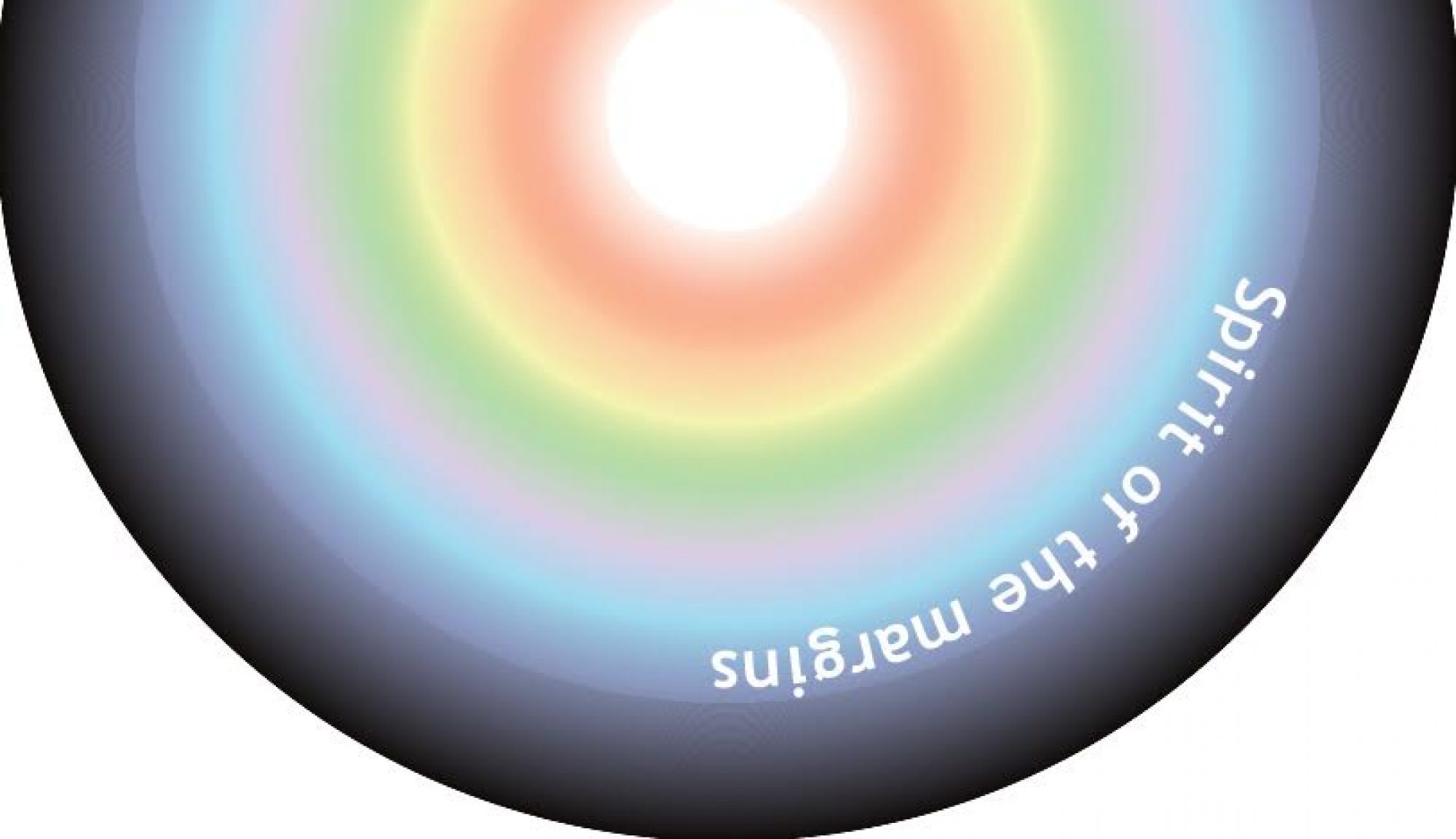Here’s a list of 10 books that speak to me in one way or another of the margins. Please let me know of any other suggestions you may have!
1. Ship of Theseus by V.M. Straka

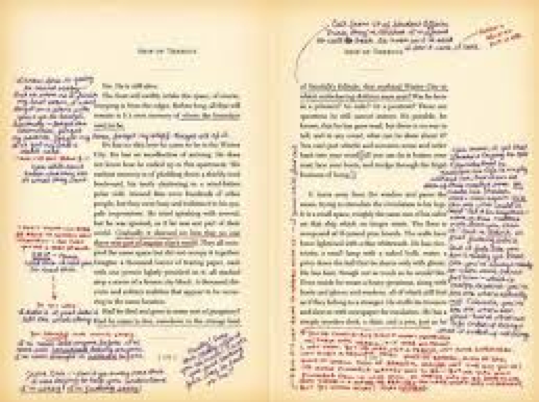
This is the book that first most intrigued me about the margins. It’s a book with two stories. The ‘main’ story – the one printed in the text – and the handwritten ‘marginal’ text – though by the end you may question which is main and which is marginal. The main story – ‘The Ship of Theseus’ – concerns a man with no past being shanghaied onto a strange ship with a monstrous crew and launched onto a disorienting and perilous journey. Straka, the author, is a marginal character in many ways: one of the world’s mysteries, a revolutionary about whom the world knows nothing apart from the words he wrote and the rumours that swirl around him.
A copy of this book is picked up by a young woman in a University library who becomes entranced by notes left by a stranger in the margin. She responds with notes of her own, leaving the book for the stranger and so beginning a conversation conducted entirely through notes in the margin that leads both of them into the unknown.
The book as a whole was conceived by filmmaker J.J. Abrams and written by award-winning novelist Doug Doors.
2. Christ Stopped at Eboli by Carlo Levi

I found this a beautiful book which speaks deeply of the margins. Because of his opposition to Fascism, Carlo Levi was banished at the start of the Abyssinian War in 1935 to a small village, Gagliano, in a remote province of southern Italy.
The first chapter contains a description of the margins which I find powerful and moving:
‘We’re not Christians,’ they say. ‘Christ stopped short of here, at Eboli.’ ‘Christian’, in their way of speaking, means ‘human being’, and this almost proverbial phrase that I have so often heard them repeat may be no more than the expression of a hopeless feeling of inferiority. We’re not Christians, we’re not human beings; we’re not thought of as men but simply as beasts, beasts of burden, or even less than beasts, mere creatures of the wild.
Towards the end of the book, he recounts going up North for a family funeral. In the train back down south again, he meditates on his feeling of strangeness, and the lack of understanding amongst his friends who concerned themselves with political questions: ‘They had all asked about conditions in the south and I had told them what I knew. But although they listened with apparent interest, very few of them seemed really to follow what I was saying….Many of them were very able, and all claimed to have meditated on the ‘problem of the south’ and to have formulated plans for its solution. But just as their schemes and the very language in which they were couched would have been incomprehensible to the peasants, so were the life and needs of the peasants a closed book to them, and one which they did not even bother to open.’
3. What moves at the margin by Toni Morrison

The title of this book of collected writings by Toni Morrison, a prominent American novelist, is taken from her 1993 Nobel Prize Lecture. In it she tells a story of a blind black old woman
a few young people who question her wisdom and the prestige she has gathered over the years by asking her to tell whether the bird in their hands was alive or dead. The old woman breaks from her passivity by saying “it is in your hands”, indicating that the fate of the bird is decided by the young men, that the young men can let the bird alive or they can kill it.
Toni Morrison suggests that the bird stands for language. Her fiction uses black history and language to expose the existing dilemma of black people on the edge of the white dominant society. In a world of globalisation, it is easy for one language – English – to push out these other languages and ways of thinking, resulting in a reductive, diminished, approach to life.
In the relevant part of her speech, Toni Morrison suggests that language is important in distinguishing, at the margins, what it is that makes one thing – or person, or experience – different to another:
‘Don’t tell us what to believe, what to fear. Show us belief s wide skirt and the stitch that unravels fear’s caul. You, old woman, blessed with blindness, can speak the language that tells us what only language can: how to see without pictures. Language alone protects us from the scariness of things with no names. Language alone is meditation…Tell us what it is to be a woman so that we may know what it is to be a man. What moves at the margin. What it is to have no home in this place. To be set adrift from the one you knew. What it is to live at the edge of towns that cannot bear your company.’
4. The Scapegoat by Rene Girard
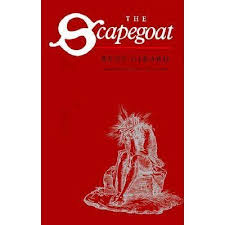
The French philosopher and historian Rene Girard (1923-2015) suggested that most groups and cultures need another person or group outside themselves to be against in order to form themselves. Humans are driven by desire for that which another has or wants (mimetic desire). This causes a triangulation of desire and results in conflict between the desiring parties. This increases to a point where society is at risk; it is at this point that the scapegoat mechanism is triggered. This is the point where one person is singled out – marginalised – as the cause of the trouble and is expelled or killed by the group. This person is the scapegoat. Social order is restored as people are contented that they have solved the cause of their problems by removing the scapegoated individual, and the cycle begins again. Scapegoating thus serves as a psychological relief for a group of people. Thus, for example, many people in the Western world scapegoat refugees seeking asylum, accusing them of being criminals or being a drain on resources.
Girard’s work is significant in that it rejects the ‘penal substitutionary atonement theory,’ first fully expounded by Anselm, Archbishop of Canterbury, in 1095-8 and especially dominant since the Reformation. This theory suggests that God required that Christ be punished in the place of humans by his own sacrificial choice.
Instead, Girard suggests that it is humankind, not God, who has need for various forms of atoning violence. Our tendency to scapegoat is seen in many facets of our society and our private, inner lives – to such an extent that it may be called ‘the sin of the world.’ (John 1:29)
Gerard contends that the difference between scapegoating of Jesus and others is that in the resurrection of Jesus from the dead he is shown to be an innocent victim. Humanity is thus made aware of its violent tendencies and the cycle is broken.
5. The lonely city: Adventures in the art of being alone by Olivia Lang
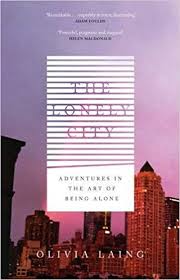
This is a study of the social and sexual margins of Manhattan through the lives of a cast of artists who lived there in the mid-20th Century. The headline artists – Edward Hopper, Andy Warhol, Henry Darger and David Wojnarowicz – are well or at least reasonably well known now, and yet all of them can be seen as being in the margins in terms of loneliness and a frequent lack of belonging.
Lang explores the causes of loneliness and how it might be resisted and redeemed. She seems to suggest that an advantage of being in the margins is invisibility – though that is often easier for men to attain than women. Laing suggests that Wojnarowicz’s casual sexual encounters on the unregulated playgrounds of New York’s old piers may have helped liberate him from the prison of the body by the body itself. ‘That’s the dream of sex, isn’t it?’ she suggests.
6. Another kind of life: Photography on the margins, edited by Alona Pardo.

Based on an exhibition at the Barbican Gallery in London in 2018, this book contains images by photographers of past and present who have shed light on marginalised communities who have traditionally shied away from the camera.
As the book’s foreword says, ‘Driven by motivations both personal and political, many of the photographers in the exhibition nave sought to provide an authentic representation of disenfranchised communities, often conspiring with them to construct their own identity through the camera lens. Featuring communities of sexual experimenters, romantic rebels, outlaws, survivalists, the economically dispossessed and those who openly flout social convention, the works in the exhibition present the outsider as an agent of change.’
7. How to befriend your shadow: Welcoming your unloved side by John Monbourquette.
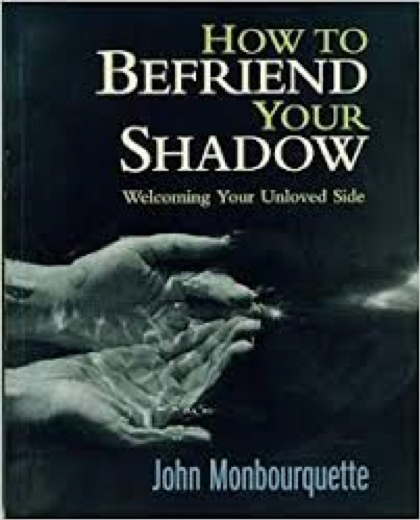
This is the closest to a self-help book in this list.
John Monbourquette is a psychologist, author and priest. Quoting Jung that ‘It is not by looking into the light that we become luminous, but by plunging into the darkness’, this book offers the tools to welcome your shadow side.
Monbourquette suggests how over the years we create an underground world of things that are shameful, displeasing or upsetting to those around us – and that as a result we drive them into our unconscious for fear of being rejected by the people we loved when we were young. Our task as adults is to bring this into the light, and use it for our own spiritual growth. Otherwise, we risk being out of balance psychologically and our lives will not reach their fullest potential.
I’ve found this book very helpful – and probably lend it out more than other in my bookcase.
Another book with a similar theme is Robert Johnson’s ‘Owning your own shadow.’
8. Edgelands: Journeys into England’s true wilderness by Paul Farley and Michael Symmons Roberts.

A beautiful book by two poets, and given to me by one of my nieces. The authors say in the introduction that everyone knows – after a sentence or two of explanation – their local version of the territories defined by the word ‘edgelands’- or margins. Their concern is , however, that few people know them, let alone appreciate them. Their book is an attempt to celebrate these places, to break out of the duality of rural and urban landscape writing and to explore these unobserved parts of our sared landscape as places of possibility, mystery and beauty.
Edgelands are ‘those places where overspill housing estates break into scrubland, wasteland; if you know these underdeveloped, unwatched territories, you know that they have ‘edge’…Edgelands, by and large, are not meant to be seen, except perhaps as a blur from a car window, or as a backdrop to our most routine and mundane activities. Edgelands are part of the gravitational field of all our larger urban areas, a texture we build up speed to escape as we build up speed to escape as we hurry towards the countryside, the distant wilderness.’ 29 chapters cover subjects as diverse as Cars, water, sewage, pallets, and piers.
9. This is London: Life and death in the world city by Ben Judah
In some ways a hard book to read: a picture of the underside of London, with the stories and the people you never usually hear or see. Judah starts the book in Victoria Coach station – the ‘miserable Ellis Island’ of the UK – where two thousand migrants unload every week on busses from Paris, Bucharest and Rome. It is the point, he says, from which our society is changing.
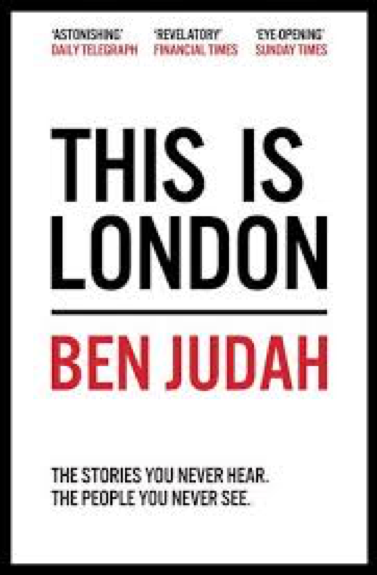
He says he only trusts what he sees. He doesn’t trust statistics, columnists or self-appointed spokesmen. He has to make up his own mind and that is what takes him to Victoria Coach Station, at 6 am every morning for weeks, counting buses, and pacing up to strangers – first dozens, then hundreds – recording what they say into his phone.
He continues: ‘I was born in London but I no longer recognise this city. I don’t know if I love the new London or if it frightens me: a city where at least 55% of people are not ethnically white British, nearly 40 per cent were born abroad, and 5% are living illegally in the shadowns. I have no idea who these new Londons are. Or even what their London really is’. That is what keeps him coming back to Victoria Coach Station – and subsequently to other marginal places where these people often end up.
10. The Bible
The Bible – a collection of sacred texts written between 1200 and the first century CE – contains a collection of stories of essentially marginal people. Stories in the Old Testament include the first humans, Adam and Eve, who are banished from the Garden of Eden – a sort of paradise – and discover the pain of childbirth and the sweat of hard work in the marginal land into which they are banished. Jacob, having deceived his father into giving him his birthright, rather than his elder brother Esau, later finds himself facing Esau with an army. Exhausted and having divested himself of his possessions and facing sure death he collapses into a deep sleep during which he finds himself wrestling with an angelic stranger. The stranger eventually disables him with a blow to the hip that disables him for the rest of his life. Only later does he realise that the stranger was God, who gives him the name ‘Israel’ meaning ‘He struggles with God.’
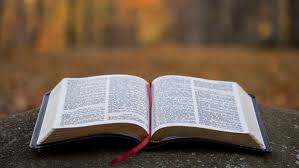
The New Testament is largely based on the life and teaching of Jesus. He was a marginal character being born in a stable, leaving as a refugee to Egypt shortly after his birth, spending much of his life as a carpenter before attracting a disparate group of apostles, one of whom betrayed him. He preached a gospel based on the margins (‘blessed are the poor in spirit’ and was crucified on a cross outside Jerusalem. After three days, the gospel writers maintain he rose from the dead and subsequently ascended to be, once again, with God.
Old School Magazines

If anything makes me feel marginal, it is probably my old school magazine. Mine came through the post this morning and plunged me into depression. Normally it goes straight into the rubbish bin, but this time I intercepted it and that’s when the damage is done. I started looking at how former classmates are doing but then found myself caught up in comparing myself with them. But as Dogberry says in Much Ado about Nothing: ‘Comparisons are odious.’ What is it about this drawing of ourselves into competition which is so compulsive, and yet also depressing – except perhaps for the winners. I console myself with the thought that only 3% of my contemporaries had a mention in it – and that the most interesting and touching stories are probably hidden in the margins. It’s a bit like the worst sort of Christmas card round robins which are full of successes but say little or nothing of the struggles which is what, ultimately, make us more human.
Other books I could have added include:
- Fertile Edges: regenerating land, culture and hope by Maddy Harland
- Field Notes from the Edge: Journey’s through Britain’s secret wilderness by Paul Evans
- The Moor: A journey into the English wilderness by William Atkins
- Beyond the edge: Spiritual transitions for adventurous souls by Andrew Mayes
- The Untethered Soul: The journey beyond yourself by Michael A. Singer
- Vulnerability and the art of being human: On honouring humiliation as a revolutionary act by Deborah Ravetz.
- People and organisations that take risks, build bridges and break new ground by Judi Neal
